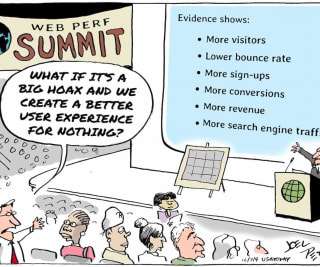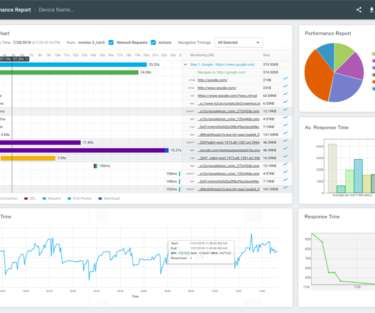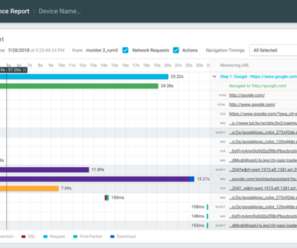Dynamic Content Vs. Static Content: What Are the Main Differences
IO River
NOVEMBER 2, 2023
These are unchanging entities, served straight off the server, pre-generated, and devoid of server-side processing. This is where Content Delivery Networks (CDNs) come into play. Content Delivery Networks (CDNs), web browsers, and proxy servers can store static files in their caches.




















Let's personalize your content